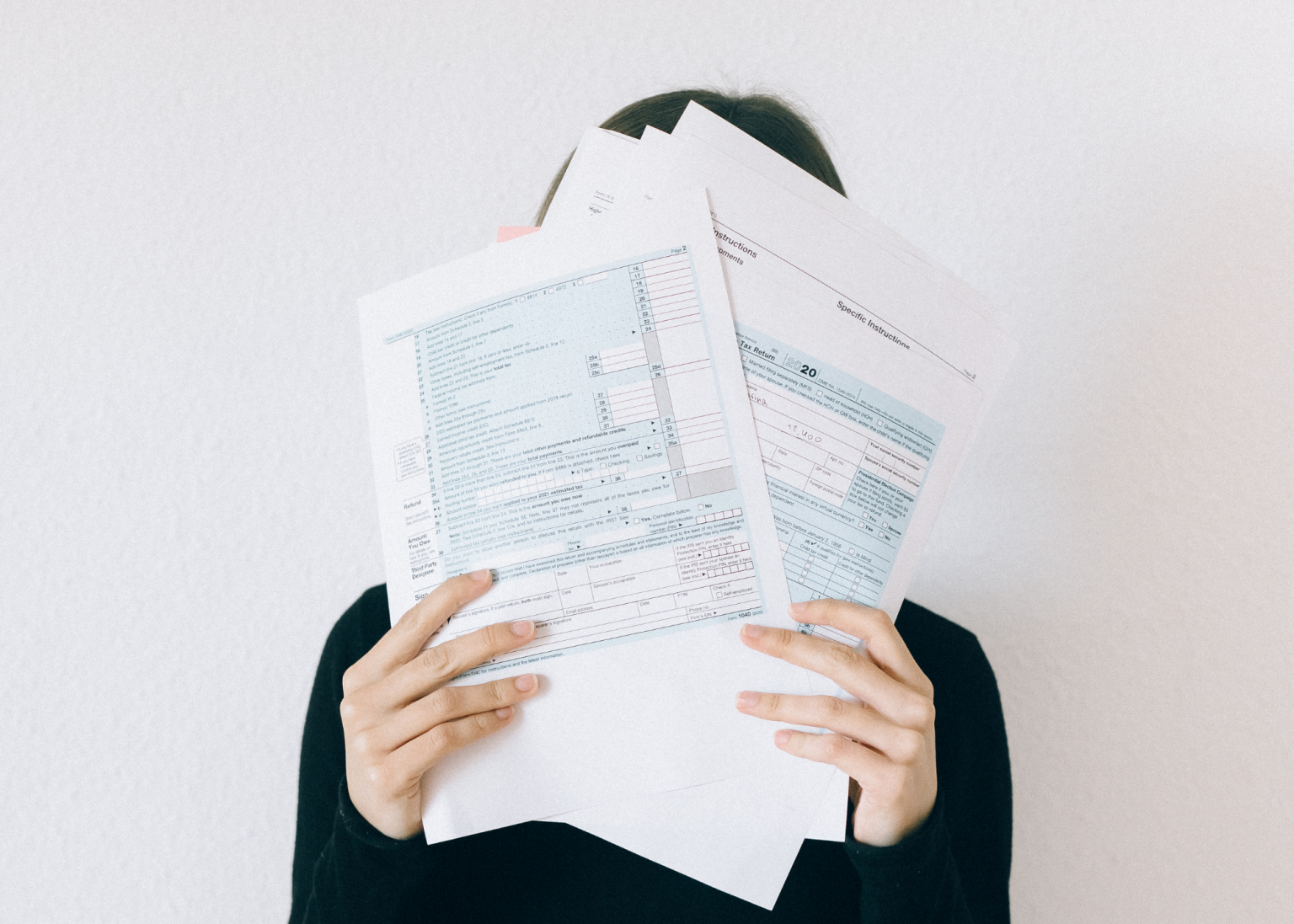Key Takeaways
-
PMI is not tax-deductible in 2025, but it returns in 2026.
-
The deduction works like mortgage interest, reducing taxable income.
-
Middle-income households benefit most, especially under $100,000 AGI.
-
Average past savings reached $1,454 annually, making it a valuable homeowner tax break.
Private mortgage insurance (PMI) is a common cost for homeowners who purchase a property with less than 20% down. Many buyers ask if PMI is tax deductible. While it is not deductible for 2025 tax returns, the PMI tax deductionis scheduled to return in 2026. This change could help qualifying homeowners reduce taxable income and save money on their yearly tax bills. Here’s how the deduction works, who qualifies, and what savings to expect once it comes back.
What is PMI and Why Do Homeowners Pay It?
PMI is an additional monthly cost required by most lenders when the borrower’s down payment is below 20% on a conventional loan. It protects lenders in case of default, but it increases housing expenses for buyers.
| Loan Amount | Average Monthly PMI Cost |
| $100,000 | $30–$70 |
| $200,000 | $60–$140 |
| $300,000 | $90–$210 |
According to Freddie Mac, PMI typically ranges between $30 and $70 per month for every $100,000 borrowed.
Is Mortgage Insurance Tax Deductible in 2025?
Currently, no. Homeowners filing their 2025 tax returns cannot deduct PMI premiums. The deduction expired at the end of 2021 and will not return until tax year 2026. That means the benefit will first apply when homeowners file their 2026 returns in 2027.
How the PMI Tax Deduction Will Work in 2026
When the deduction returns, PMI will count as mortgage interest, making it deductible for homeowners who itemize.
| Deduction Rule | Details |
| Mortgage interest cap | Deduction available on loans up to $750,000 ($375,000 if married filing separately) |
| Income limits | Full deduction available if AGI is under $100,000; phases out above that level |
| Average past savings | About $1,454 per year, according to U.S. Mortgage Insurers |
How Much Could You Save With the PMI Deduction?
Savings depend on your PMI costs, income, and tax bracket. For example:
- A homeowner with $100,000 AGI who pays $120 per month in PMI ($1,440 annually) could deduct the full amount.
- This reduces taxable income, potentially lowering the tax bill by several hundred dollars depending on bracket.
Who Benefits Most From the PMI Deduction?
The deduction primarily helps:
- First-time homebuyers with less than 20% down.
- Borrowers in competitive markets where large down payments are less realistic.
- Middle-income households under the $100,000 AGI threshold.
Before its expiration in 2021, more than 4 million taxpayers claimed the PMI tax deduction each year.
Other Tax Deductions for Homeowners
Even without PMI deductions in 2025, homeowners may qualify for other valuable tax breaks:
| Deduction | Details |
| Mortgage interest deduction | Within IRS loan limits |
| Property tax deduction | Capped at $10,000 |
| Energy-efficient credits | Available for approved home upgrades |
Bottom Line
The PMI tax deduction returns in 2026, offering homeowners another opportunity to lower taxable income and offset the cost of homeownership. While unavailable for 2025 returns, planning ahead can help buyers and current borrowers maximize savings when the deduction becomes active again. If you pay PMI now, keep this deduction in mind—it could save you hundreds of dollars each year once reinstated.
FAQs About Private Mortgage Insurance Tax Deductions
No SSN required. Zero impact to credit. Your Information is never sold.



